Return to Part 1: Dumpster Diving
Continued from Part 23: Ready, Set, Go!
My mother's favourite game on Linux is without a doubt Frozen Bubble. It is a casual game in all of the best ways; one you can dive into and learn at your own pace thanks to its simple but repeatable formula. The stakes are never too high, with each level just being repeated until you beat it; the worst possible outcome being seeing a cartoon penguin cry over the fleeting loss of its igloo home. You will have them all jumping for joy again soon enough.
Searching online, I came across both the frozen-bubble-0.9.2-fr1.i386.rpm package alongside its perl-SDL-1.12-fr1.i386.rpm package dependency from freshrpms. I did try building the final 1.0.0 release from source, but it requires a newer version of SDL than is packaged for Red Hat Linux 7.3 which explains why no RPM packages were available. Consider this to be a snapshot in time back to 2002, from right before the game was to take the world by storm.
In terms of limitations it is hard to believe this was not the final release. The degree of polish on display with Frozen Bubble even at this early stage is already leagues ahead of most of its other contemporary free gaming fare. The game has its own unique identity, with a custom soundtrack, polar atmosphere, and recognizable characters. While the gameplay at its core may be a straight lift from Puzzle Bobble, it is in the implementation that Frozen Bubble excels.
One complaint I did have with Frozen Bubble over the years is how the blue and purple bubbles, as well as the yellow and green bubbles, can look very much alike to someone who is colourblind like myself. It was not until I was consulting the changelog that I discovered that a special option was included which makes the bubbles also contain geometric shapes, activated using the -cb launch flag. This did not come until the following 0.9.3 release of the game.
While appreciated, this solution does still comes across as bit of an underexposed hack. The situation is still far better than what I encountered with Theocracy, where I missed spotting the Teotitlans entirely on the province view map, as their cyan colour code was almost indistinguishable to the beige given to neutral non-aligned provinces. Version 0.9.3 also has Frozen Bubble remember to ask for your high score after completing all 50 levels, about the only other complaint I had.
The milestone 1.0.0 release of Frozen Bubble in 2003 would expand the game to have 100 levels as well as retooling the graphics and including a built-in level editor. Following that, the game would be rebranded as Frozen Bubble 2 starting with the 2.0.0 release in 2006, with the final stable 2.2.0 version coming out in 2008. Frozen Bubble 2 features the ability to play multiplayer over the network, as well as showcasing brand new 3D assets created with Blender.
Some work would continue on the game up until 2010, but from there the project became dormant. It was never ported to SDL2 or had support added for widescreen or modern high definition displays. Frozen Bubble did see a number of forks to allow it to run in a web browser, with both a Java and JavaScript version being produced by Glenn Sanson. Considering how often the title is to this day held as a standard bearer of Linux gaming, an update does seem to be in order.
I would also tweak the game's difficulty curve just a little. While skill does play a role, often a successful play is dependent on the order of bubbles you get fed to your launcher. With luck some levels are made ridiculously easy, while others can be near impossible. As a veteran of the game, my mother agrees with me that level 70 as still featured in the final release can kill your momentum dead, and should at the very least be moved to be the ultimate level. Food for thought.
In the years following its release Frozen Bubble would stay the darling of Readers' and Editors' Choice Awards from a wide variety of Linux publications and websites, owing much to its wide demographic appeal. Consider how the lead developer Guillaume Cottenceau was inspired to start work on the game because he remembered how the original Puzzle Bobble was one of the few games he would play with his sister. Or how much my mother loves the game.
This also gave Frozen Bubble the distinction of being one of the oddest of Quake killers. With the exception of XBill, which I suspect garnered favour for political reasons, the Readers' Choice Awards for the Linux Journal magazine had always been dominated by Quake games. Then Frozen Bubble wins in 2003 and goes on to hold the "Best Linux Game" title for all of the next eight years surveyed. I, on the other hand, do still feel the urge to play Quake again.
Carrying on in Part 25: Quantum Axcess
Return to Part 1: Dumpster Diving
[http://www.frozen-bubble.org/](http://www.frozen-bubble.org/)
An article on Frozen Bubble for NewsForge by Joe Barr is archived here:
[https://web.archive.org/web/20031205103558/http://www.newsforge.com/software/03/12/02/1252249.shtml](https://web.archive.org/web/20031205103558/http://www.newsforge.com/software/03/12/02/1252249.shtml)
An article on Linux puzzle games including Frozen Bubble by Tech Source can be read here:
[https://www.junauza.com/2008/05/highly-addictive-puzzlearcade-games-for.html](https://www.junauza.com/2008/05/highly-addictive-puzzlearcade-games-for.html)
And a teaser video for Frozen Bubble 2 can be seen here:
[https://www.youtube.com/watch?v=oxjsDG6NaOE](https://www.youtube.com/watch?v=oxjsDG6NaOE)
Last edited by Hamish on 6 Feb 2023 at 11:30 pm UTC
Great game.
I put way too many hours into that thing way back when.Same here! Used to play the shit out of it. There are a bunch of Arcade games that it is based on that I've played at various times through MAME as well.
Great game.
Your mother have impeccable taste in games. I loved Frozen Bubble!She is also quite fond of playing Tetzle:
[https://gottcode.org/tetzle/](https://gottcode.org/tetzle/)
Now I released that the last version is from 2010.
I know it's an already perfect game... but someone has to modernize it.
I thought it will about Eric's Ultimate Solitaire.
I played Frozen Bubble for the first time on Aurox 9.3 (the better version of Fedora core 1) in 2004. It was one of more interesting games included on the CD with this Linux distribution.
The music in Frozen Bubble is cool. Someone even posted a video, which isn't surprising:
https://www.youtube.com/watch?v=6npb0HcjW9o
I can't say it was one of my favorite games. The series Runes of Avalon was much better than that.
However, I can easily recommend it to everyone to try it. It's one of these rare open source games that looks amazing.
Do you plan to write the article about The Hunted chronicle?
https://www.youtube.com/watch?v=V08FujZzSdE
I showed it to my brother and my cousin in 2005. They asked how much I paid for it.
Last edited by gbudny on 7 Feb 2023 at 9:25 pm UTC
I thought it will about Eric's Ultimate Solitaire.Must be someone's favourite game but it is not my mother's.
I can't say it was one of my favorite games. The series Runes of Avalon was much better than that.I suspect this is too new to run on Dianoga, but the website is still up, so that is nice. I can try the demo.
Do you plan to write the article about The Hunted chronicle? ... I showed it to my brother and my cousin in 2005. They asked how much I paid for it.You mean the DarkPlaces mod? I can quite confidently say that would bring Dianoga to its knees. I remember Nexuiz being quite heavy even with my Radeon 9200 card.
You mean the DarkPlaces mod? I can quite confidently say that would bring Dianoga to its knees. I remember Nexuiz being quite heavy even with my Radeon 9200 card.Ha, mention of the Radeon 9200 makes me think that I really do need to put my Amiga 4000 together again...
I suspect this is too new to run on Dianoga, but the website is still up, so that is nice. I can try the demo.
Unfortunately, they don't sell it anymore.
However, you can try contact with them using their email address or the Facebook page. Maybe, they can sell you the Linux version of Runes of Avalon, Runes of Avalon 2, and Runes of Avalon - Path of Magic.
You mean the DarkPlaces mod? I can quite confidently say that would bring Dianoga to its knees. I remember Nexuiz being quite heavy even with my Radeon 9200 card.
The atmosphere in this game is amazing, and I can't compare to any other open source games, or even many commercial games. I could be wrong about it. I think that I played for the first time using GeForce 4 MX 440, which is probably less powerful than your card. It could require changing some options in DarkPlaces from 2005 to make more playable.
Last edited by gbudny on 9 Feb 2023 at 10:33 pm UTC


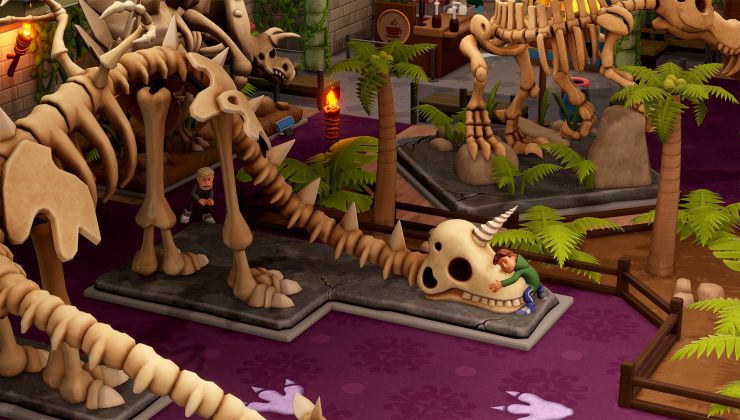
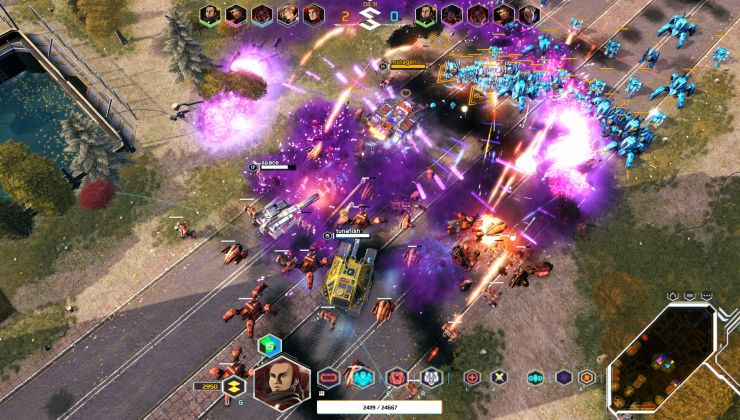
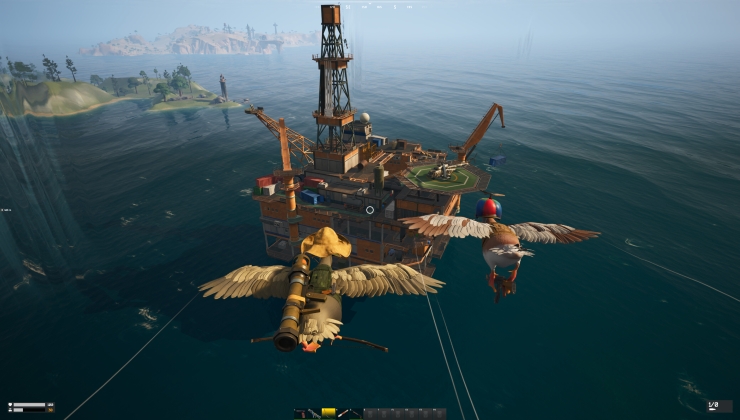
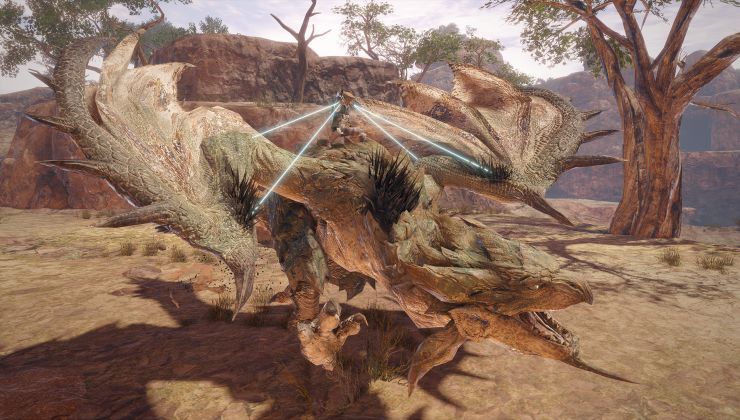




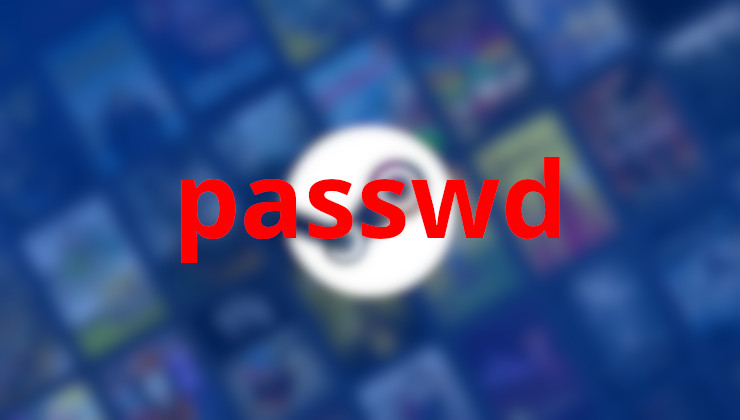 How to set, change and reset your SteamOS / Steam Deck desktop sudo password
How to set, change and reset your SteamOS / Steam Deck desktop sudo password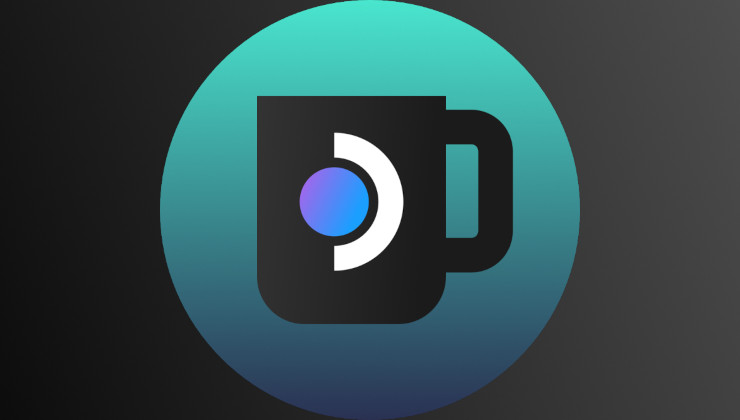 How to set up Decky Loader on Steam Deck / SteamOS for easy plugins
How to set up Decky Loader on Steam Deck / SteamOS for easy plugins
See more from me